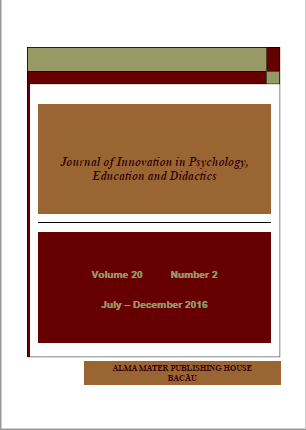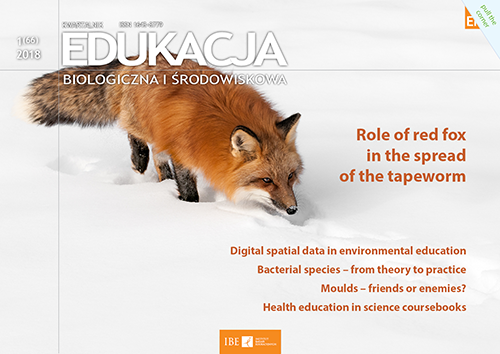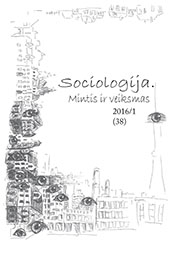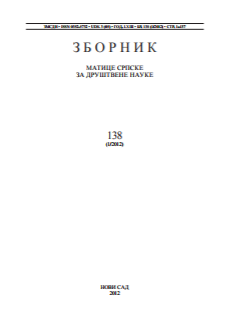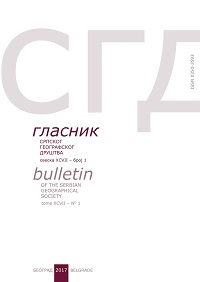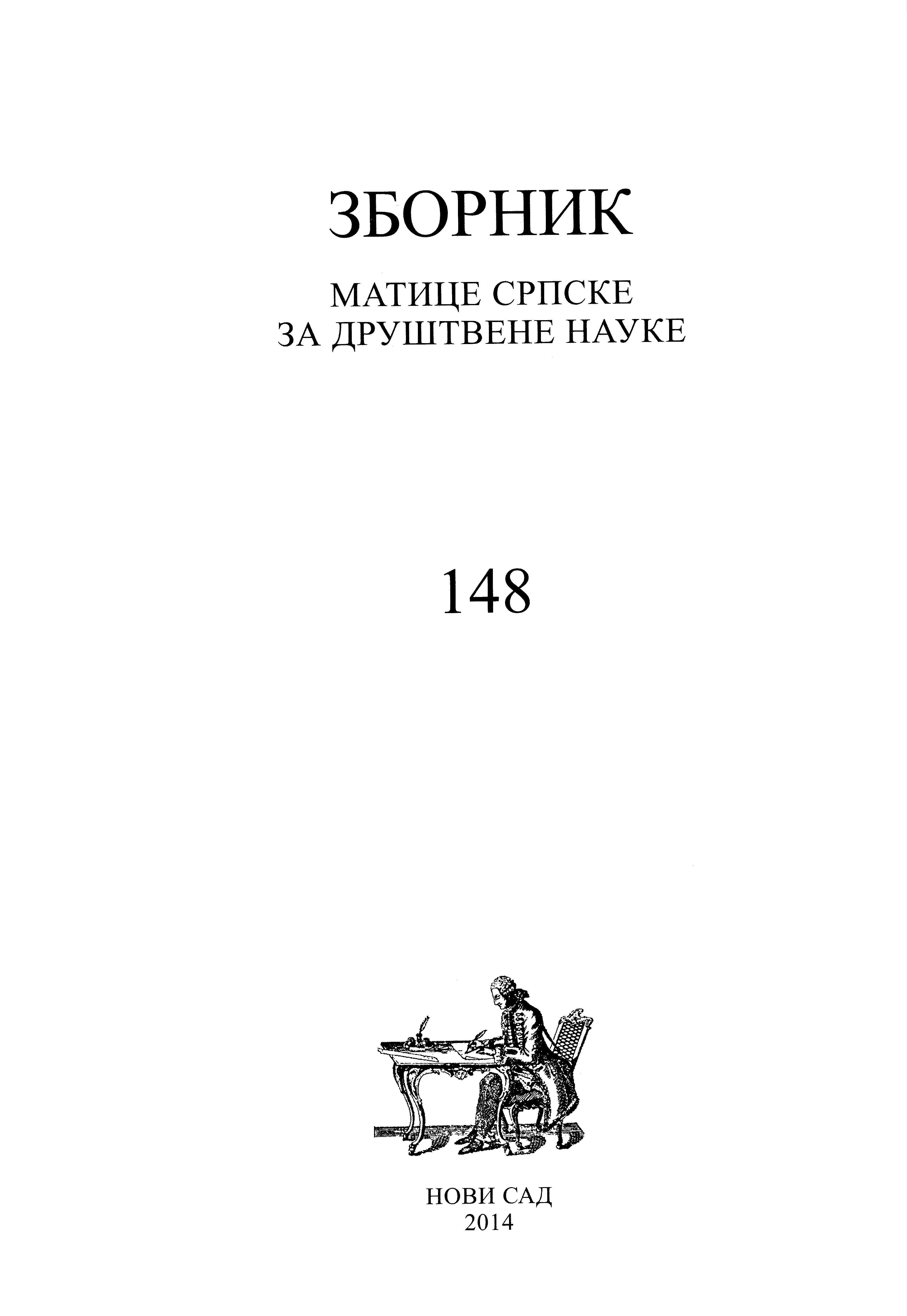
Жена и присилне миграције у Србији
This article focuses on the impact of forced migration on women from the republics of former Yugoslavia in Serbia. It gives some background on refugee movements and continuity and change in women characteristics and needs after two decades of displacement. As one of the vulnerable groups recognized by UNHCR, women and especially elderly women are facing distinct economic and social problems. This research offers insight into gender differences in educational outcomes, the labor market and primary income sources of forced migrants in Serbia. Women who had families, single parent families and widows who are particularly vulnerable are briefly discussed in order to improve assistance and programs servicing the needs of female forced migrants.
More...
